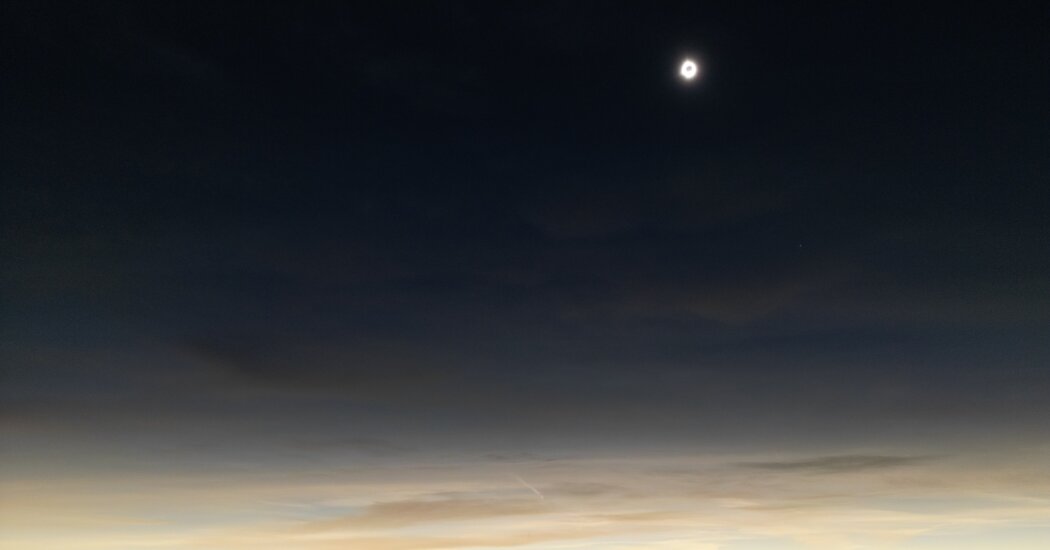Are you still a little giddy from the magical moments of totality during Monday’s solar eclipse? Or did clouds swoop in to block your view? Maybe you just couldn’t make it to the path of totality this time. No matter what, the question now is “Where and when will it happen again?”
“People who have never seen it before, the first words out of their mouth after the totality ends is ‘I’ve got to see another one, this is incredible, this is unbelievable.’ That is when you become addicted to these things and end up traveling no matter where the next one is,” said Joseph Rao, an eclipse chaser and guest lecturer at the Hayden Planetarium.
So, if like Mr. Rao, you’ve developed a raging case of umbraphilia — the love of eclipses — you’ll have three chances over the next four years to see the moon blot out the sun. The first, on Aug. 12, 2026, will start above Greenland, then strafe the west coast of Iceland and move along the Atlantic Ocean and over Spain. Almost a year later, on Aug. 2, 2027, another will skirt the Mediterranean coast of North Africa then cross Egypt and part of the Arabian Peninsula. The third, on July 22, 2028, will cut across Australia and the southern tip of New Zealand.
Last week, as Victoria Sahami, the owner of Sirius Travel, was preparing to guide a group of tourists in Mazatlán, Mexico, for Monday’s big event, she was also planning for these other upcoming eclipses. Ms. Sahami joined the ranks of the eclipse-obsessed when she witnessed one in Venezuela in the 1990s. “Like many people, I was hooked. There was no going back,” she said.
Total solar eclipses happen fairly regularly — about every one to two years — in locations scattered around the world. “That’s the great thing about them: You wind up in places that you don’t normally go,” Ms. Sahami said.
A major spoiler is weather, which will be a big variable in the 2026 eclipse — one Greenland, Iceland and Spain will see.
“Iceland normally has a lot of cloud during that time of year,” said Paul Maley, who runs Ring of Fire Expeditions. “The data shows Spain to have the higher good-weather prospects of all three. However, the sun is low in the sky and the eclipse ends as the sun hits the horizon at sunset.”
Because of Iceland’s mercurial meteorology, Ring of Fire Expeditions is going all in on Spain, with a 10-day excursion on the mainland. Sirius Travel is offering not only a five-day trip to Majorca but also an eight-day tour around…
Click Here to Read the Full Original Article at NYT > Travel…
